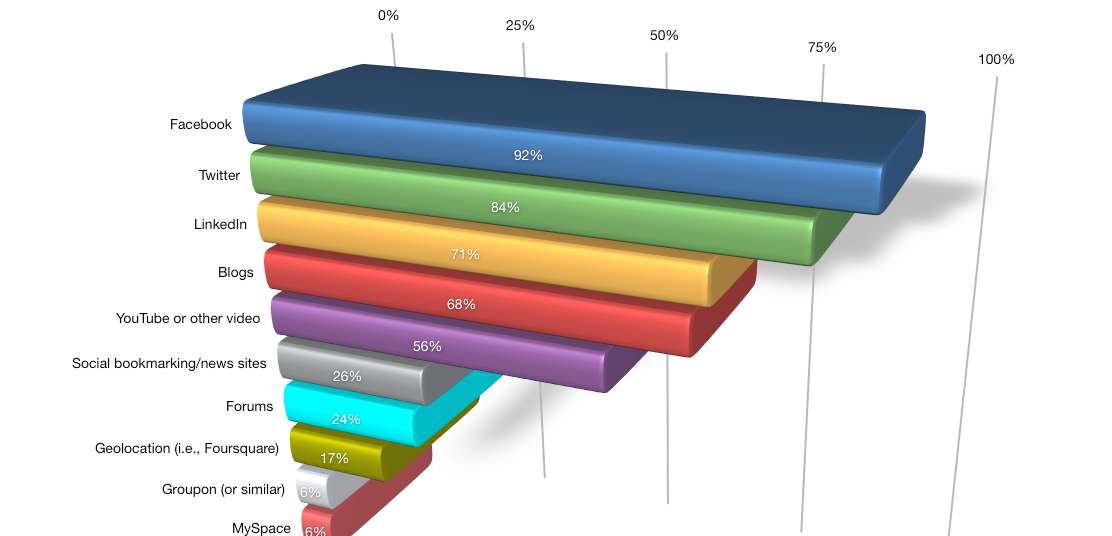Are You Lost on #SocialMedia (even with the tools)?
Just a couple of days ago I was traveling downtown for an event. I must admit that I wasn’t sure of the directions as I seldom go by there but I thought it will be okay – with my trusty Google Maps. After all, it has never failed me. I hooked it up, followed its directions confidently… and lo and behold, it led me directly into a one-way street (and I would go against traffic). “Well, it happens”, I thought. A quick recalculation pointed out a new direction… which eventually led me to the same road. To cut the long story short – eventually I was directed out of the vicinity after almost an hour of trial and error.
I was pretty much annoyed and upset over this TOOL I relied on the get me there and it got me thinking – are businesses and individuals today facing similar situations? Yes, you have the tools (e.g. Facebook, Twitter, Blogs, YouTube, etc) and perhaps even have the guidebook (e.g. how to create compelling content, how to create an awesome Facebook page, etc) but yet unable to get your bearings right?
Are You Lost? 5 Steps to Be Found Again!
#1: Admit That You’re Lost
Sometimes it is difficult to admit that you’re lost. Excuses such as “it doesn’t work for my business” only makes you feel better but it is time to put that ego aside. One thing about social media is that you can never stop learning, especially when it continues to change everyday. Even the pros continue to learn – it is a continuous cycle.
#2: Ask for Directions
It’s time to put away that map or tool (e.g. guidebook) of yours and start talking to people – people that are able to give you advice. The cool thing about social media is that most pros are willing to share their knowledge and expertise. @markwschaefer is one good example with his community {grow}. In other words, it is time to get personal, to communicate, to engage, to get help.
#3: Don’t Take Shortcuts
There really is no shortcut on social media. One said social media is like running a marathon, not a sprint race. You’ll notice that most advice revolves around producing quality content, spending time listening to conversations on Twitter, commenting on blogs, guest posting and etc – all these takes time, it is a race of endurance for lasting results. Buying fans or followers won’t get you anywhere except for boosting your ego. Shortcuts are a no-no.
#4: Test the Directions
This is the simplest step of all but yet the most difficult. Simply because there are many, many out there that either procrastinate, ignorant or simply cannot be bothered with the new directions. Yes, sometimes it may be a detour but as long it gets you there, why not?
#5: Monitor its Results
You need to know how the new directions are working for you. It is only then you’ll be able to gauge its effectiveness (or not) to make adjustments if necessary. A simple tool such as Google Analytics can go a long way if you’re wanting to measure visits to your site.


 Painful Truth #1:
Painful Truth #1:






 The day came when StumbleUpon released
The day came when StumbleUpon released 


 #2: Champion of the Pond
#2: Champion of the Pond This is pretty straight forward. Just like how your business is looking for opportunities to be featured on newspaper / magazine columns, you can write guest posts on other people’s blogs! All you need to do is to be on a lookout for opportunities to guest post –
This is pretty straight forward. Just like how your business is looking for opportunities to be featured on newspaper / magazine columns, you can write guest posts on other people’s blogs! All you need to do is to be on a lookout for opportunities to guest post –  Just like guest posting, commenting on other writer’s posts can bring about great exposure to your business. How so? When you leave constructive comments and / or share ideas, you’re actually
Just like guest posting, commenting on other writer’s posts can bring about great exposure to your business. How so? When you leave constructive comments and / or share ideas, you’re actually